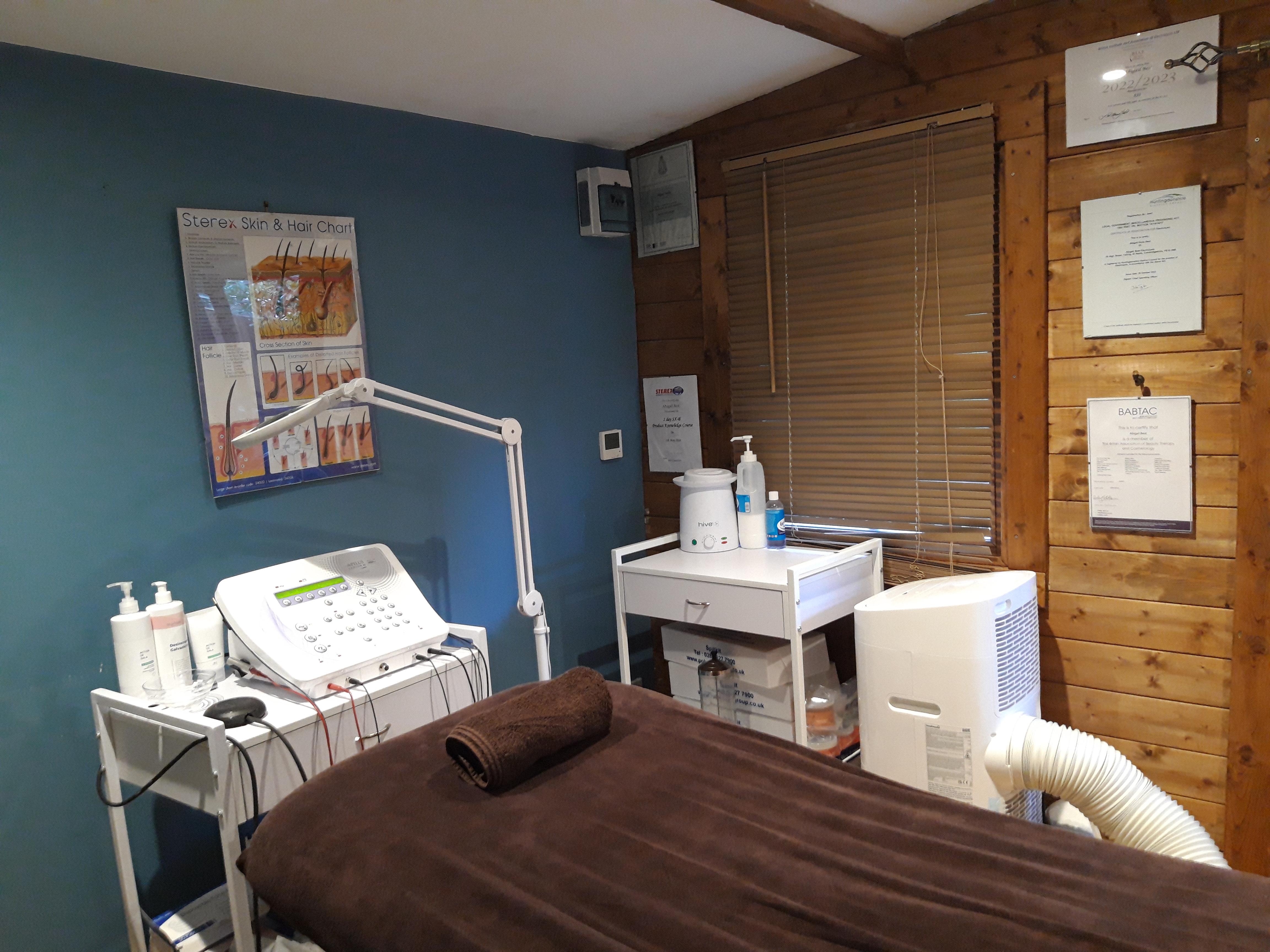Electrolysis Pre and Aftercare
Abigail Best Specialises in Permanent Electrolysis hair removal for all clients including Transgender, Pre GRS and Polycystic Ovary Syndrome.
Electrolysis
Pre-treatment Advice.
If you think you may find electrolysis more uncomfortable
than normal you can take painkillers as long as they are not blood thinning.
If you tend to get a strong reaction after electrolysis you
can take antihistamines starting on the day of your treatment and up to 24
hours after and or anti-inflammatory painkillers.
Numbing creams can also be applied to the treatment area
prior to your treatment. Please follow the manufacturer’s instructions regarding these
products or they will not be effective.
Please note I am unable to apply or administer any of the
above. I can only advise that these can be used if you are medically safe to do
so.
Please consult your GP if you are unsure.
Follow the manufacturer’s instructions when taking any
medication.
Remember once you start having electrolysis you must not
pluck or wax any hairs out. This will prevent electrolysis from being
successful.
If you want to treat hairs between electrolysis you can cut
or shave your hairs only but remember that on the day of treatment, the hairs
need to be at least 3 mm long so they can be gripped comfortably with a pair of
tweezers.
After electrolysis.
Your skin may pink up and could be a
little bumpy and or puffy. It may feel tender and warm. This will last
from approx an hour to 24 hours.
Some clients may also experience small scabs about 1mm in
size which can develop approx 24 hours after treatment. These can take between
2 days and 2 weeks to heal. Sometimes you cannot see the scabs, but the skin
may feel rough.
It is important to follow the aftercare advice given to
minimise the risk of infection and to allow the skin to heal and rehydrate effectively
between treatments.
You need to avoid the following for the next 24 to 48 hours.
DO NOT
Have heat treatments such as
sunbeds, saunas and sunbathing etc. This is to minimise the risk of skin
pigmentation.
Have hot
baths and showers.
Swim as
your skin will be sensitised to the chemicals.
Do any heavy exercise that makes you
sweat. This could overstimulate the area and slow down skin healing.
Apply
make-up to the area that has just been treated unless it is mineral make-up.
Use perfume,
soap or perfumed products on the area that has just been treated. This can cause irritation.
Use
bleaching products on the treatment area.
Wear
tight clothing in the area that has just been treated – on the body.
Touch
the area that has been treated.
If you do have any scabbing do not
pick, scratch, or rub the area with a towel or an exfoliant as this could
increase the risk of infection.
Do
Wash your
hands whenever you need to apply treatment creams to the treated area.
Apply aftercare at least
morning and night for up to 24 hours after treatment. This helps to minimise
the risk of infection after treatment.
These products promote good skin healing
and rehydrate and nourish the skin. Electrolysis strips the skin of moisture
leaving the follicles tight and increasing the risk of skin breakdown, so
these products help to repair the skin between treatments allowing further
treatment to take place.
Continue to use good skin care
between treatments to maintain healthy skin so your treatment doesn’t have to
be delayed due to longer healing times. you will need to use a rich nourishing moisturiser between treatments to maintain healthy hydrated skin. without it, we may need to stop treatment temporarily to allow the skin to heal effectively.
Gently cleanse the treated area
and pat the skin dry with a clean towel or tissue when washing your face. Use
an appropriate cleansing product for your skin type.
Use an exfoliant regularly to lift
off excess dead skin that can block the follicles making insertions more
difficult. Exfoliation also minimises the risk of ingrowing hairs and allows treatment products to absorb into the skin more effectively. Only do this if
your skin is scab-free. Do not exfoliate for the first 24 hours after
treatment. The best time to exfoliate if the day before your next treatment.
Use a sun block (factor 30 minimum),
daily after treatment. This helps to minimise the risk of pigmentation on the
treated area.
Follow
your electrolysist's recommendations for skin treatment and aftercare.
Tell
your electrolysist about any unusual reactions so your treatment can be adapted accordingly.
If you do have swelling after your treatment,
you can apply a cold pack onto the area for a few minutes. Be careful not to
apply Ice or cold packs directly onto the skin surface as this could cause and
ice burn to occur. You can use ice put in a plastic bag covered in a towel or
even a bag of frozen vegetables.
After 24 hours and as long as your skin is healing well you
can resume your normal skin care routine as advised by your electrolysist.
If your skin is still feeling tender carry on with the
aftercare advice for a little longer until you are happy it is healing well.
If you do happen to develop a rash or infection apply antiseptic
creams. Avoid using steroid or cortisone creams on the treatment area.
If you have any concerns, you can contact your
electrolysist for further advice.

